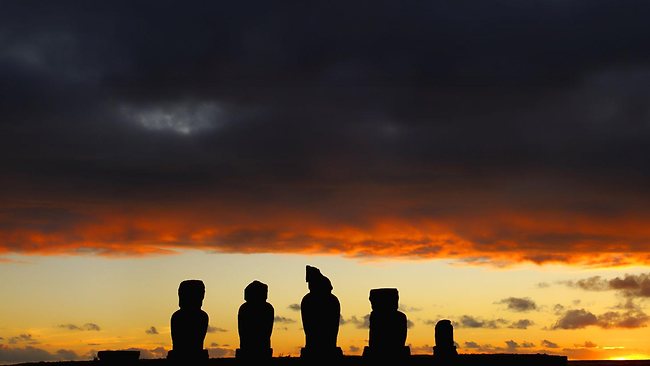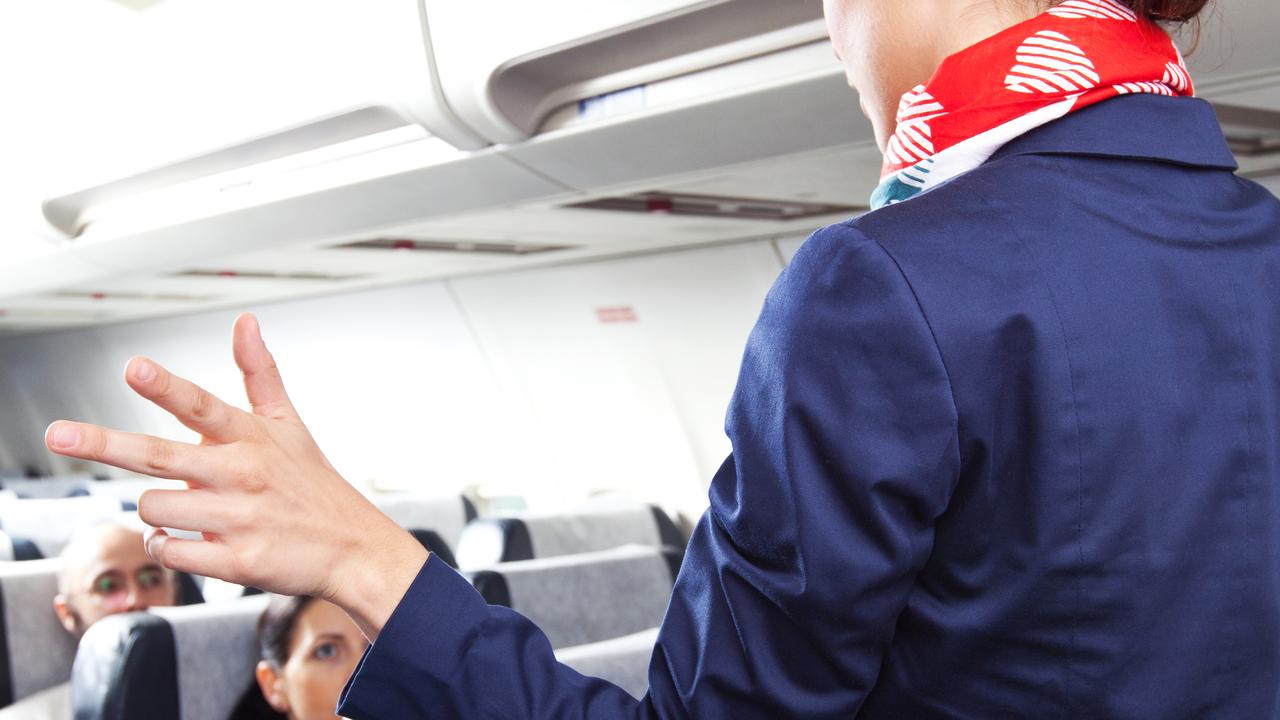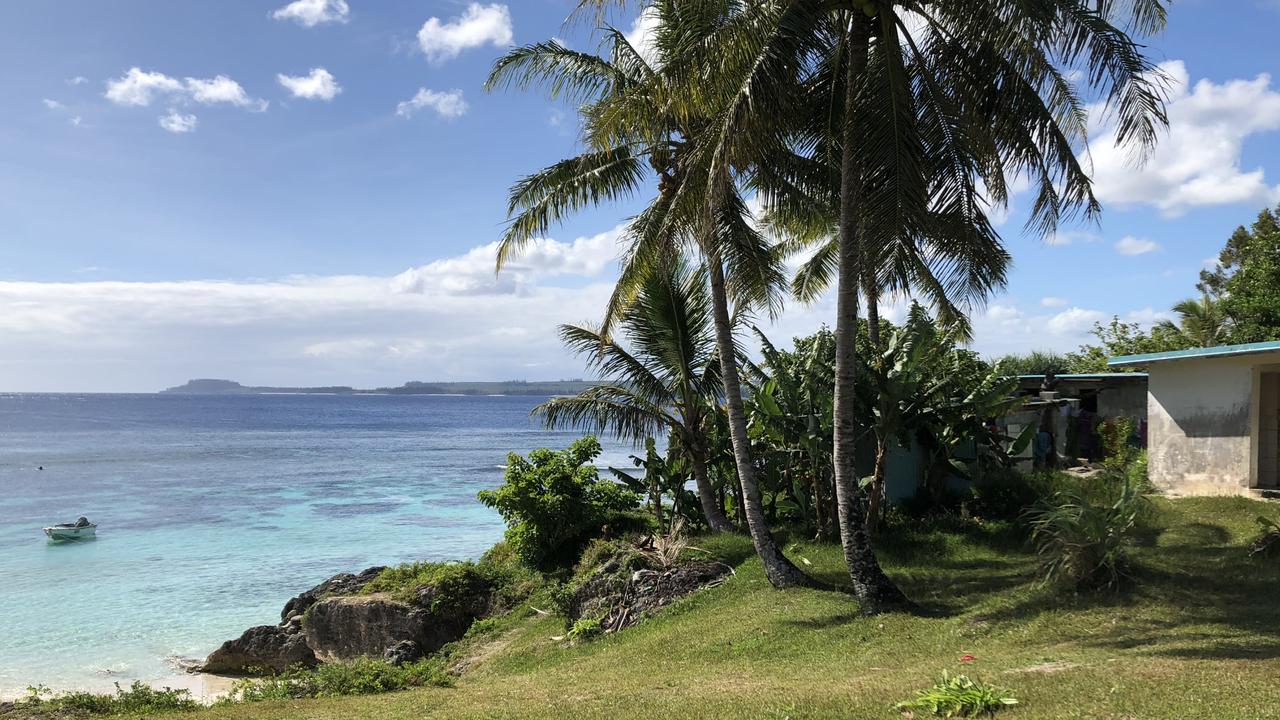Easter Island's fading rock stars
THERE is much intrigue on Easter Island, finds Allen Newton as he learns about its ancient people and their moai.

THERE is plenty to not like about Easter Island: to start with, it's too far away from anywhere to make it easy to get to, the place is overrun with feral horses and the island is struggling to get a few trees growing after being deforested in its early history.
Even the famous moai, the mysterious sculptures that brought the island to the attention of the world, are mostly ruins, lying where they were pushed over in ancient times. It's only a relative few of the extraordinary heads that have been restored to their former glory watching over the land. The island's history is a sad story of conquest and a population decimated.
It is not the kind of place you go for tropical palms and golden beaches, although it does have some of these. Strangely, these negative aspects of Easter Island or Rapa Nui, as it is known to the locals, blend to create a mysterious and compelling destination. It's a place where it feels like magic still lives, where mystery is commonplace and one's imagination can run free.
You could probably hire a car and whiz around the island in a day or two and visit most of the best-known spots, but you will likely leave without getting any real insight into this mysterious place.
Our small travelling band of journalists was fortunate to have on hand the services of Rapa Nui man Beno Atan, a guide working out of the Explora lodge Posada de Mike Rapu.
Beno is an intense 27-year-old who believes in the spirituality of his homeland and poses plenty of unanswered questions about the history and culture of Easter Island.
And there is mystery aplenty.
From where did the original inhabitants come? They arrived about AD 700. The late Norwegian explorer Thor Heyerdahl concluded they were from South America, a theory that now seems largely debunked.
Genetic testing suggests the population has Polynesian roots and they used their incredible sailing skills to pinpoint Easter Island.
For a thousand years, the population grew, building to more than 12,000 before the society fell apart in the 1600s.
Did a new wave of invaders cause the original inhabitants' demise? Why were the island's nearly 900 moai pushed over and what happened to all the island's trees?
How were the huge moai, weighing up to 50 tonnes, hauled tens of kilometres all over the island?
There are plenty of mysteries and plenty of theories to answer them but, without written records, there is not much certainty.
Easter Island society recovered for a time in the 1600s when the cult of the birdman took root, by which young men competed for the right of their tribe to rule the island for a year. This bloody ritual took place at Orongo on the cliffs of a volcano.
The brave contenders had to climb down the cliff and swim shark-infested waters, battling among themselves to reach a small island and collect a tern's egg, a prize that gave their chief the right to rule for a year.
Another almost-fatal blow came to the population with the arrival in the 1700s of Europeans who brought with them disease and then, in 1862, slavers from Peru who transported 1500 people, a third of the population, back to the South American mainland.
Within a year, all but 15 of these people were dead. These few survivors were returned to their homes but brought with them smallpox which killed all but 111 inhabitants by 1877.
Our guide Beno talks passionately about the history and culture of his people.
There's a mystical touch as he speaks of mana, a mix of technological and sociological skills and mysticism, which gave the locals the ability to "walk" the giant stones.
He doesn't hold much truck with theories of rope and pulleys and even less with travellers from outer space, but there's plenty of room for imagination in Beno's stories about the island history and culture.
Over three days, he took us all over the bumpy roads of the little 24km by 12km island, taking in the main moai sites and providing fascinating insights into its mysteries.
Beno seemed to have an almost personal relationship with the 887 moai, some of which are restored, some half carved at the quarry and many toppled at the end of the civilisation that built them.
From the stories of the birdman cult to the mysteries on the origins of the original people of Easter Island, Beno's passion was central to understanding much of the intrigue of the island. If a good mystery and a healthy dose of mysticism are your cup of tea, for a travel destination head to Easter Island.
The writer was a guest of LAN Airlines.
Go2
EASTER ISLAND
- Getting there
LAN Airlines has six weekly flights from Sydney to Santiago, Chile, via Auckland, with connections to Easter Island and more than 80 other South American destinations.
LAN also has non-stop Sydney-Santiago flights every Monday, Wednesday and Saturday in partnership with Qantas. Contact travel agents or call LAN reservations on 1800 558 129 or see lan.com.
Explora package Three-night packages at the Explora Hotel Posada de Mike Rapu Easter Island start at $US2385 a person, twin share, and include accommodation, all meals, house wine, soft drinks and activities and explorations with English-speaking guides and return airport transfers.
Prices are available for children four to 18.
For details, email reserve@explora.com or see explora.com or your local travel agent.



